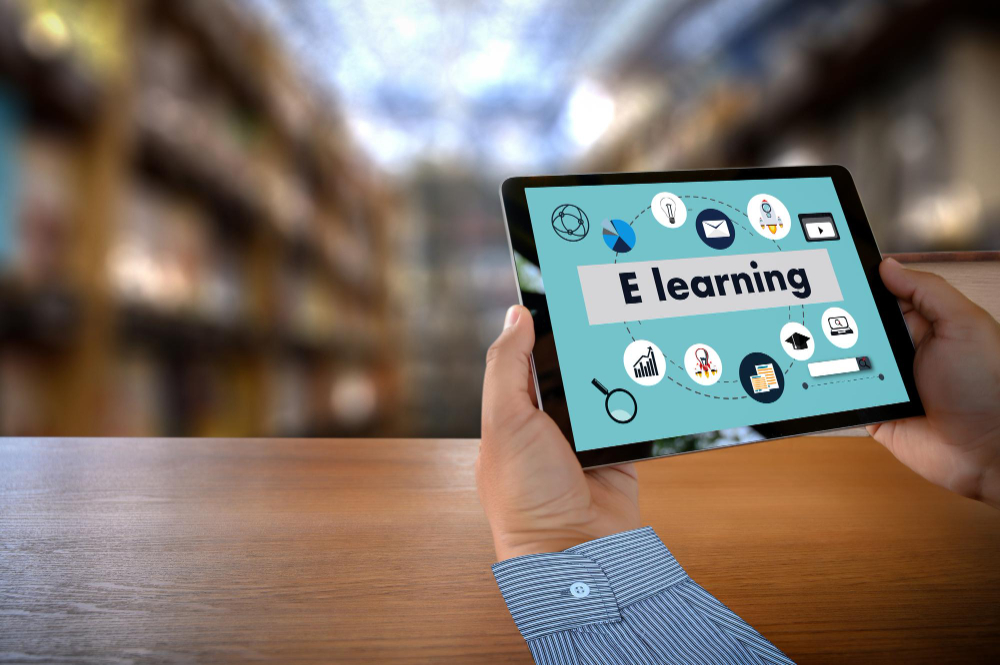In the ever-evolving landscape of digital education, eLearning has become a cornerstone for delivering education and training, with eLearning standards playing a crucial role in shaping the efficiency and effectiveness of online courses. eLearning standards are essentially guidelines that ensure consistency, accessibility, and interoperability in eLearning content, making it easier for educators and organizations to create, share, and manage training programs. As the eLearning industry continues to grow, understanding these standards and their impact becomes vital for anyone involved in online education or training.
One of the key benefits of adhering to eLearning standards is improved content interoperability, allowing content to be shared and used across different platforms and systems. For example, SCORM (Sharable Content Object Reference Model) is a widely recognized standard that ensures learning content works seamlessly across various Learning Management Systems (LMS). By adhering to SCORM, educators can create modular content that can be reused and repurposed, saving time and resources while maintaining a high level of quality and consistency.
Another essential standard in the eLearning domain is xAPI (Experience API), also known as Tin Can API. Unlike SCORM, which focuses on tracking and reporting learner interactions within an LMS, xAPI allows a broader range of experiences to be tracked, both online and offline. This standard captures data from diverse learning activities—ranging from traditional eLearning courses to hands-on practice sessions—providing a more comprehensive view of learner progress and effectiveness. The flexibility offered by xAPI makes it a powerful tool for organizations seeking to gain deeper insights into their training programs.
Content accessibility is another key area where eLearning standards play a pivotal role. The Web Content Accessibility Guidelines (WCAG) ensure that eLearning materials are accessible to learners with disabilities. Adhering to WCAG not only promotes inclusivity but also enhances the usability of eLearning content for all learners, regardless of their abilities. By following WCAG guidelines, educators can create courses that are more engaging and effective, reaching a broader audience and fulfilling legal accessibility requirements in many regions.
In tandem with accessibility, the Learning Tools Interoperability (LTI) standard offers a practical solution for integrating various learning tools into a singular, cohesive learning environment. LTI enables educators to embed third-party tools and services within an LMS, offering a seamless experience for learners and instructors alike. This integration facilitates a richer and more interactive learning experience, as educators can leverage a wide array of digital tools and resources to enhance their courses without worrying about compatibility issues.
Asynchronous and synchronous learning also benefit from eLearning standards, particularly with the development of HTML5 as a replacement for Adobe Flash. HTML5 supports a wide range of interactive content types and is compatible with all modern web browsers and mobile devices. This standard enables educators to deliver multimedia-rich learning experiences that can be accessed anytime, anywhere, providing greater flexibility and convenience for learners. With its universal compatibility and multimedia capabilities, HTML5 has become a preferred standard for eLearning content development.
Finally, the IMS Global Learning Consortium’s Learning Design Framework standard allows for the creation of complex, pedagogically informed eLearning activities. By following this standard, educators and instructional designers can build highly adaptive and personalized learning experiences tailored to individual learner needs. This framework supports a diverse set of educational models and approaches, making it easier for educators to implement innovative teaching strategies and ensure effective learning outcomes.
In conclusion, mastering eLearning standards is essential for anyone involved in the creation or delivery of online education. These standards offer several benefits, including enhanced interoperability, comprehensive learner tracking, increased accessibility, seamless tool integration, and robust content delivery. By leveraging these standards, educators and organizations can create high-quality, flexible, and inclusive learning experiences that meet the needs of today’s diverse learner populations, ensuring they remain competitive in an ever-changing digital landscape.
